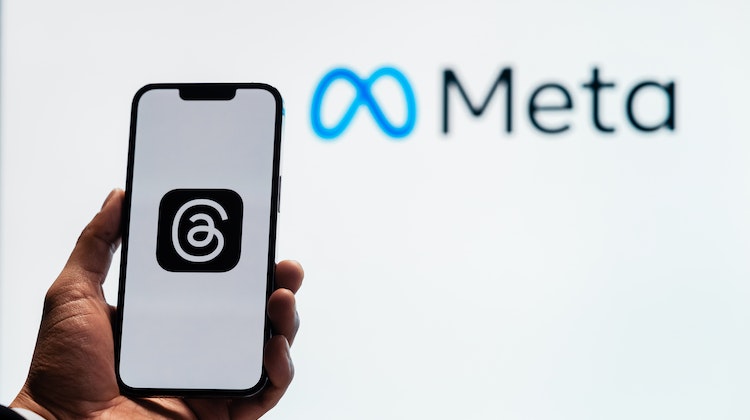
Photo Credit: pexels.com
When it first launched in early July, Threads showed signs of being the hottest new social media platform since TikTok. It had the full backing of Facebook founder Mark Zuckerberg, the marketing and promotion muscle of Instagram, and the cool “it” factor of being the anti-Twitter. In just 5 days, Threads managed to sign up 100 million new users. What could possibly go wrong?
Well, a lot, actually. It turns out that Threads was the proverbial flash in the pan. For one week, it dominated media headlines, online search results, and the collective imagination of media pundits everywhere. But it turns out the app was lacking many key features, including the use of hashtags to help users find new content. Initial engagement fell off a cliff once people realized that nobody was really using Threads. There just wasn’t anything happening on the app, and people quickly lost interest.
The numbers game
The numbers and metrics back this up. First, let’s consider the overall sign-up rate for Threads. Yes, Threads managed to sign up 100 million users in just 5 days. That’s a stunning success – and was even faster than the success of ChatGPT. But, by mid-July, Threads still had just 114 million users. So sign-ups declined dramatically. Basically, anyone who wanted to try out Threads did so in the first few days, and after that, nobody cared.
What’s particularly noteworthy here is that Threads seemed to have the perfect strategy to get people to sign up for a new social media platform: piggyback off the success of an existing social media platform. Facebook, Instagram, and Threads are all part of the same social media family, and both Facebook and Instagram have billions of users. So just converting a tiny share of these users would theoretically result in a huge sign-up rate for Threads. Once this initial momentum had been established, it would be much easier to onboard others.
Even better, Threads made it incredibly easy to import data from Instagram, making signing up a no-brainer. With most new social media platforms, you have to jump through a lot of hoops to get your account set up, and only then do you realize that there’s nobody else on the platform. But Threads enables you to build your network very quickly and very easily.
Researchers have a term for this phenomenon – “network effects” – and it’s very real. The value of a network is directly proportional to the number of people using it. That’s why just about every app will ask for permission to see your contacts on your phone – it’s the easiest way to populate a network, and ensure that it is as valuable as possible to the user. If all your friends are using an app, it’s more likely you will too.
In terms of other key metrics, it’s stunning how much engagement on the Threads app declined in just a week. According to industry statistics, the number of daily active users declined 20% in 7 days. Meanwhile, time spent on the app fell by 50%, from 20 minutes a day to just 10 minutes a day. Some services tracking mobile phone usage say that engagement was as low as 3 to 6 minutes a day on Android devices.
Lessons and takeaways
So what can we learn from the launch of Threads? One big lesson is that you shouldn’t try to rush an incomplete product to market before it’s ready. The social media app seems like it was rushed to market before enough features had been added, or before it had been properly tested.
Another big lesson, quite frankly, is that the social media market might be reaching a point of total saturation. After you’ve spent 1 hour on Facebook, 1 hour on Instagram, 1 hour on Twitter, 1 hour on TikTok, and a whole evening on YouTube, how many more hours do you have left in the day? Asking people to make room for another hour of engagement on Threads might have been a bigger ask than most people realize.
But don’t count out Mark Zuckerberg quite yet. Once Threads regains its footing, it could find new ways to leverage the huge user bases of both Facebook and Instagram.